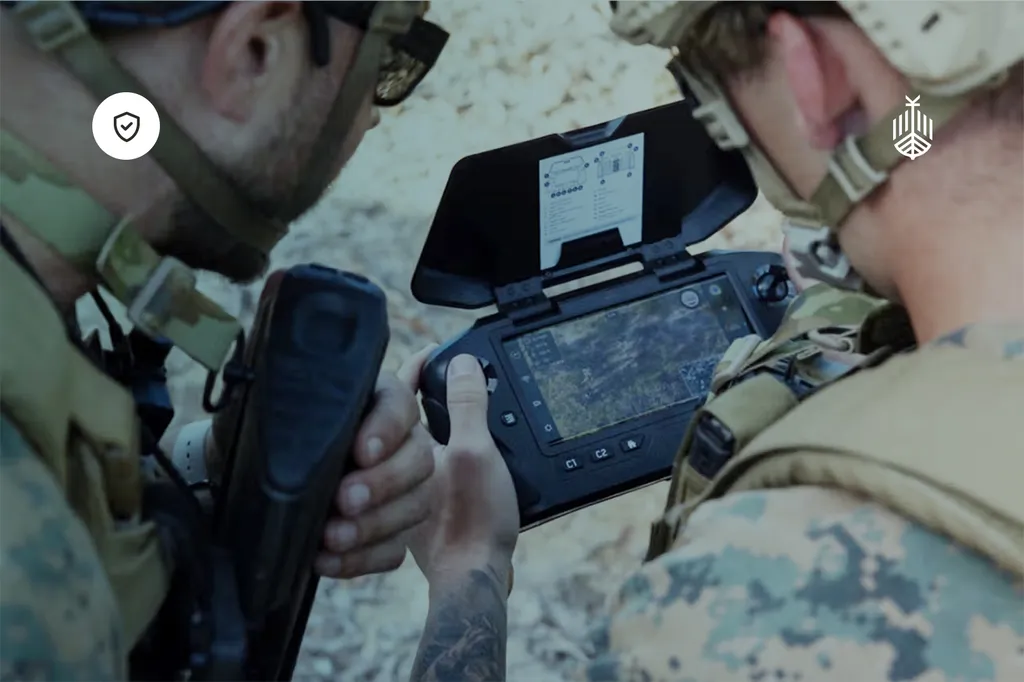In the rapidly evolving landscape of military technology, researchers Clara Maathuis and Kasper Cools from the Delft University of Technology are pioneering a novel approach to human-AI teaming that promises to revolutionize military operations. Their work focuses on creating a trustworthy co-learning model that facilitates a continuous and bidirectional exchange of insights between human and AI agents, enabling them to adapt jointly to the dynamic conditions of the battlefield.
The researchers emphasize the importance of understanding and addressing the challenges and risks associated with integrating AI into military operations. Rather than treating the human-AI teaming system as a collective agent, they delve into the intricate dynamics within the system to tackle a broader range of responsibility, safety, and robustness aspects. This nuanced approach ensures that the system is not only effective but also ethical and adaptable to the complex and often unpredictable nature of military environments.
The proposed model integrates four key dimensions to achieve this goal. First, it incorporates adjustable autonomy, allowing for the dynamic calibration of autonomy levels for both human and AI agents based on factors such as mission state, system confidence, and environmental uncertainty. This flexibility ensures that the system can respond appropriately to varying conditions on the battlefield. Second, the model features multi-layered control, which involves continuous oversight, monitoring of activities, and accountability. This layer ensures that the system operates within ethical and operational boundaries, providing a safeguard against potential misuse or unintended consequences.
Third, the model includes bidirectional feedback mechanisms, encompassing explicit and implicit feedback loops between the agents. This ensures a robust communication of reasoning, uncertainties, and learned adaptations, fostering a collaborative environment where both human and AI agents can learn from each other. Finally, the model emphasizes collaborative decision-making, where decisions are generated, evaluated, and proposed with associated confidence levels and rationale. This collaborative approach ensures that decisions are well-informed and consider the strengths and perspectives of both human and AI agents.
The practical applications of this research are significant for the defence and security sector. By enabling more effective and ethical human-AI teaming, military operations can become more adaptable, resilient, and capable of responding to complex and evolving threats. The model’s emphasis on trustworthiness and continuous learning ensures that the system can evolve alongside the threats it faces, providing a robust and reliable tool for military decision-makers. Furthermore, the model’s focus on accountability and oversight addresses critical ethical concerns, ensuring that the integration of AI into military operations is conducted responsibly and transparently.
In conclusion, the work of Maathuis and Cools represents a significant step forward in the field of human-AI teaming for military operations. Their model offers a comprehensive and nuanced approach to integrating AI into military systems, addressing both the practical and ethical challenges involved. As military threats continue to evolve, the need for adaptable and trustworthy human-AI teaming systems will only grow, making this research increasingly relevant and impactful.
This article is based on research available at arXiv.

